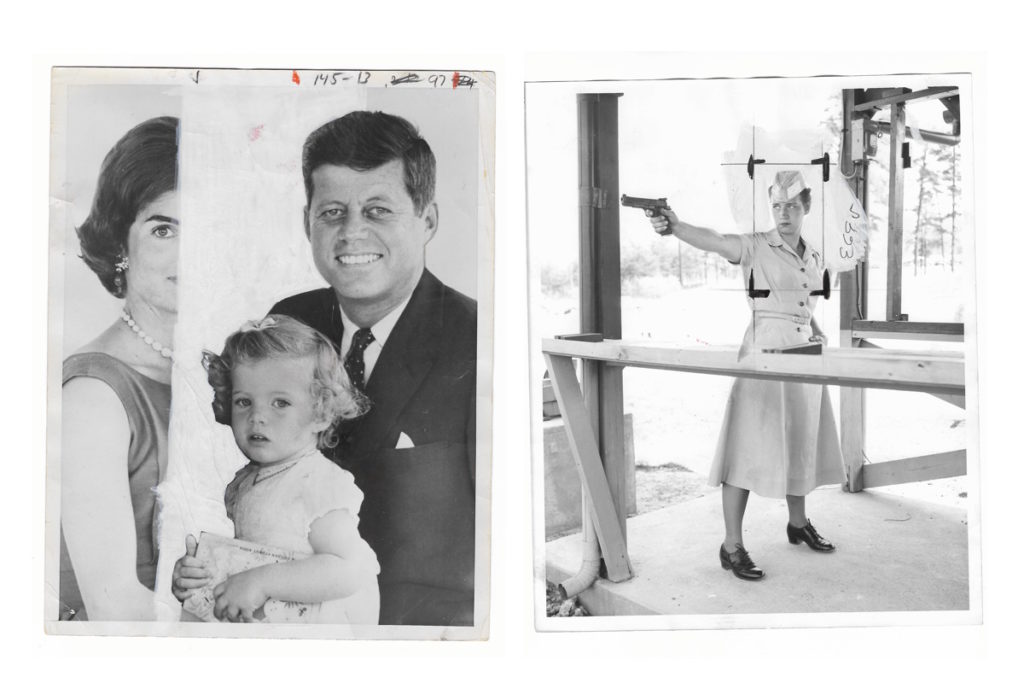Opinion
When Photoshop Was Just White-Out and Tape
THE DAILY PIC: At Hiram Butler Gallery in Houston, manipulated photos from the Murray Moss Collection let us watch lies being told.

THE DAILY PIC: At Hiram Butler Gallery in Houston, manipulated photos from the Murray Moss Collection let us watch lies being told.

Blake Gopnik

THE DAILY PIC (#1693): These two manipulated press photos are from a collection of similar ones brought together over the last while by Murray Moss, the great design curator and aficionado. A bunch of Moss’s images have now been assembled into a show called “Inadmissible Evidence” that opens tomorrow at Hiram Butler Gallery in Houston. (The gallery Web site has a nice slide show of some of what’s on view.)
When I first started in the newspaper business, more than two decades ago, I was shocked to discover that many if not most of the photos in our “morgue” had been quite crudely altered by the editors. The obvious lesson to draw from that, and from the Moss pictures, is that “Photoshopping,” of one kind or another, has been around since the very birth of photography—digital tech has just made the process a touch easier.
But I think that’s not quite right. The Moss images keep such a strong trace of their manipulation that it lives on forever in their material presence—it’s only when those prints go into circulation in the culture as immaterial, free-floating, published images that the truth can start to fade from view. Whereas with a digital shot, only a serious techie can ever prove that it’s been altered—and even then, I gather, the proof can sometimes be hard to find. You could say that digital photos are born straight into the image stage. A journalist starting out today would never get to watch the truth being manufactured, as I did.
The prints in Houston are so compelling because we get to catch them in the act of lying. That’s barely an option with their digital descendants.
For a full survey of past Daily Pics visit blakegopnik.com/archive.